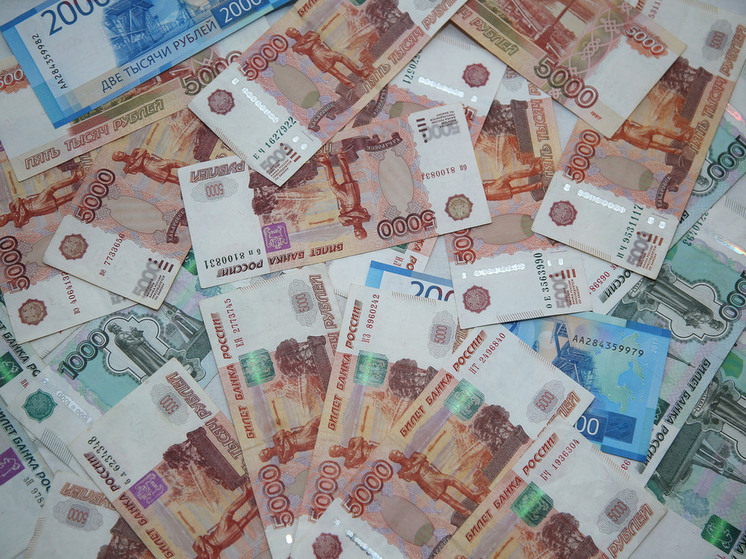Financial experts elaborate on the implications of the key rate reduction to 18% for the national economy and citizens` personal finances.
The Bank of Russia`s board of directors has decided to reduce the key rate for the second consecutive time, lowering it by 2 percentage points to 18%. This decision was supported by several factors. Annual inflation, according to Rosstat data, dipped below 9.2% by July 21, despite an almost 12% increase in housing and utility tariffs at the beginning of the month. Experts weigh in on the factors that influenced the Central Bank`s key rate decision and its potential impact on Russians` lives.

Mikhail Zeltser, Stock Market Expert at BCS World of Investments:
«The regulator considered factors favoring a rate cut: slowing inflation, a strong ruble, and recession risks. This trend is expected to continue until the year-end, potentially reaching 14% by December. Lowering the rate will facilitate lending for exporters, importers, and the private sector.
Monetary policy easing typically weakens the ruble. The dollar is projected to return to 80 rubles by the end of July, the euro above 93 rubles, and the yuan to 11 rubles. In the medium term, further weakening of the national currency is anticipated, with the dollar potentially reaching 85-90 rubles, the euro 95-100 rubles, and the yuan 11.5-12 rubles.
Deposit and lending rates follow the Central Bank`s rate, sometimes even anticipating changes. A further decline in deposit yields is expected, and loans will soon become more accessible.»
Vasily Girya, CEO of GIS Mining:
«The Central Bank`s decision aligns with slowing inflation (9.4% in June) and cooling consumer demand. The currency market remains stable, with the tax period supporting the ruble. The Central Bank is steadily easing its monetary policy without causing market disruptions.
Reduced borrowing costs will bolster credit and investment, alleviating pressure on businesses and households. This moderate reduction isn`t expected to significantly impact the ruble, given that the economy still operates with a double-digit interest rate. The dollar, euro, and yuan are likely to stay within their current ranges. The dollar is predicted to trade between 78–80 rubles, the euro 91–94 rubles, and the yuan 10.8–11 rubles. These currency corridors are particularly relevant due to tax payments and stable export revenues.
Interest rates on loans will decrease gradually, affecting consumer and corporate loans first. Mortgage segment changes will be slower, especially outside subsidized programs. Deposit rates will also fall but are expected to maintain a positive real yield. In the long run, monetary easing could stimulate the real estate market and encourage major purchases.»
Natalia Milchakova, Leading Analyst at Freedom Finance Global:
«While annual inflation has slowed, it only reached 9.4% in June. If it drops to 7-8% in the second half of the year, further rate cuts are possible, but a scenario below 15% this year is unlikely.
Inflation is receding slowly, and utility tariff increases from July 1 will likely impede further slowdown. The monetary policy easing is supported by the `cooling` credit market, a result of the Central Bank`s tight policy early in the year. For example, high interest rates led to a 44% drop in mortgage issuance in Q1 2025. Simultaneously, high rates helped `tie up` some monetary mass in ruble deposits, which contributed to halting inflation growth. This demonstrates the effectiveness of a high key rate, suggesting the Central Bank will achieve its goal in the second half of the year, allowing for further monetary policy easing. Our base scenario projects the key rate to be 17% by the end of 2025.»
Evelina Gomonko, Associate Professor at RUDN University, Faculty of Economics:
«Banks will continue to reduce yields on deposits. Consequently, depositors will seek alternative investment options, such as government bonds (OFZ). A redistribution of funds towards the stock market is also possible, but this will depend on companies` dividend policies, as investors will primarily be interested in dividend-paying stocks.
The Central Bank`s inflation target for this year is 7–8%. In the first half of 2025, consumer prices in Russia rose by 3.77%. Based on past experience, inflation usually accelerates in the second half of the year, starting from August. Therefore, it is expected that price dynamics will show higher growth rates compared to the first half of the year.»











